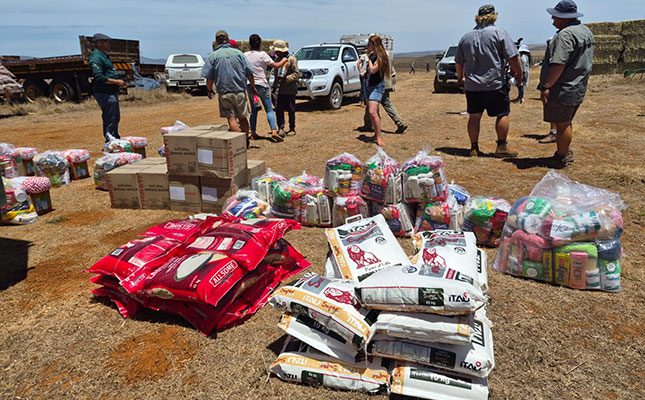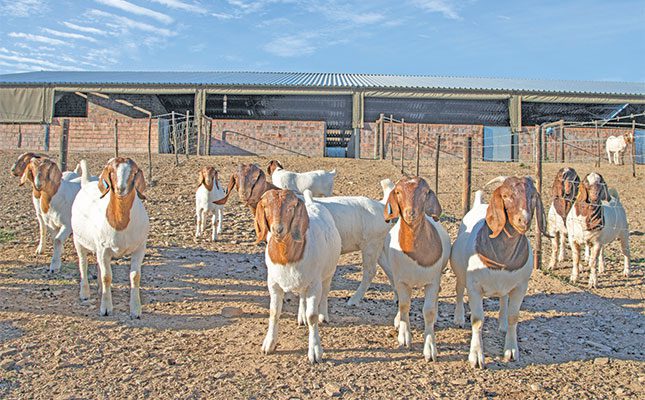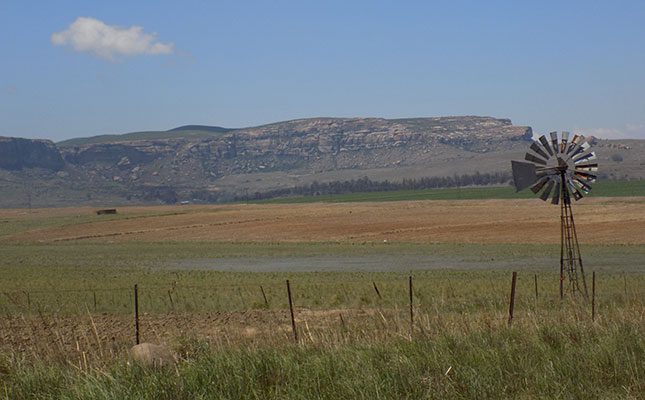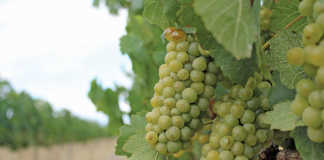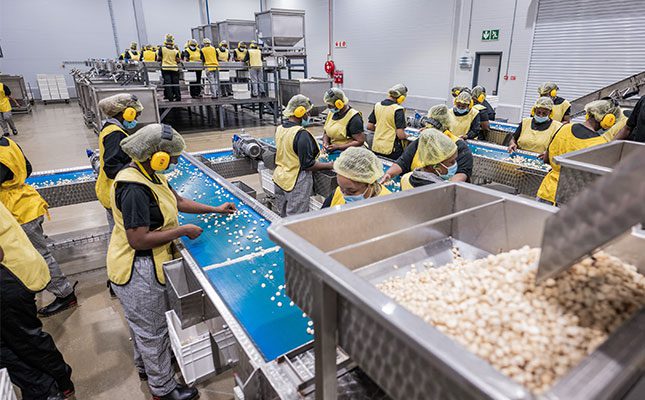
Photo: Global Macadamias
Speaking to Farmer’s Weekly, Hartman said that while macadamia farmers have faced several challenges in 2025, there were also positive outcomes that highlighted the factors shaping the industry’s long-term viability.
He explained that three major trends emerged this year that will significantly influence the industry: low in-shell prices, a widening price gap between kernel styles, and the importance of strong grower-processor partnerships.
“[The year] 2025 has reminded us that success in [the macadamia] industry depends on collaboration. Growers and processors must make informed, strategic decisions to secure a sustainable future for South Africa’s macadamias,” Hartman said.
He said that the year began with a promising market outlook but shifted after the US introduced a 30% import tariff on South African products.
“Despite this, Global Macadamias honoured its price commitments and even accelerated payments to growers, helping cash flow in an industry still recovering from post-pandemic lows,” Hartman added.
Challenges in the in-shell market
In addition, he said market dynamics in the in-shell segment are becoming increasingly challenging and require strategic management and careful planning. He also emphasised that local farmers’ reliance on in-shell exports to China poses the greatest threat to long-term stability.
“During MacDay 2025, hosted by Macadamias South Africa [in September], China indicated that it is becoming increasingly self-reliant in macadamia production and is no longer dependent on South African supply.
“China is aware that South Africa has many exporters that don’t have sufficient cracking facilities, making certain segments of the industry dependent on in-shell exports. This, coupled with increases in its home-grown volumes, will provide China with the upper hand in negotiating prices, thereby keeping in-shell prices low,” Hartman explained.
He added that since China has invested heavily in cracking capacity, allowing it to process its own nuts as well as those imported from South Africa, it could in the future directly compete with the latter in the kernel market.
“That could place downward pressure on prices for kernel exports globally. For an industry long reliant on China’s in-shell demand, this is a wake-up call. To remain viable, South Africa must continue investing in domestic cracking facilities to keep prices stable and sustainable.”
However, while in-shell exports have slowed, demand for kernel remains strong, he said.
Hartman said 2025 saw a growing price gap between kernel styles, with whole nuts, particularly styles 0 (whole kernels that are large and unbroken) and 1 (whole kernels that are slightly smaller than style 0 but still unbroken), fetching higher prices than halves or pieces.
“Historically, price gaps were evident between in-shell and kernel, with moderate differences in price between whole nuts, halves, and pieces. This year, however, the disparity in the kernel segment has widened, and it is expected to continue doing so,” he said.
According to him, this year more than ever, growers have felt the effects of their chosen varieties.
“This effect is expected to compound since the [Beaumont cultivar], traditionally exported in-shell, tends to produce halves when cracked. With the in-shell market waning, we can expect growing volumes of halves in the kernel offering.”
He added that the strength of macadamia halves lies in their many uses: “[They are] ideal for snacks, confectionery, cereals, and even cooking. Global Macadamias is investing in targeted marketing campaigns to highlight the versatility and appeal of halves.”
The importance of grower-processor partnerships
Speaking about grower-processor partnerships, Hartman said that while growers can’t control market prices, they can influence outcomes through two key factors: variety selection and cracking processes.
“The variety determines whether a nut is likely to remain whole when cracked. But the way a nut is handled by a processor and the technology used to crack it also have a substantial impact on achieving whole [nuts],” Hartman explained.
“Perhaps the most critical insight of 2025 is therefore the value of strong partnerships between growers and processors,” he said.
“The quality and style outcome of macadamias depend not only on what is planted but also on how the nuts are processed. Even the best crop can lose value if the processor lacks the right equipment or doesn’t pay attention to detail.
“[Global Macadamias’] focus is on precision and efficiency. The more nuts we process, the lower our per-unit cost, which translates into better prices for growers. For that reason, maintaining a strong, reliable grower base is vital to keeping the factory operating at its optimum,” Hartman said.
He said 2025 has been a year of learning and adaptation, not just for Global Macadamias, but for the entire industry.
“We have seen first-hand how growers’ variety choices, processing efficiency, and market agility all interact to determine success.
“These three trends are shaping the next chapter for macadamias. The decisions we make now, both on the farm and in the factory, will define the industry’s stability and long-term viability,” he concluded.






